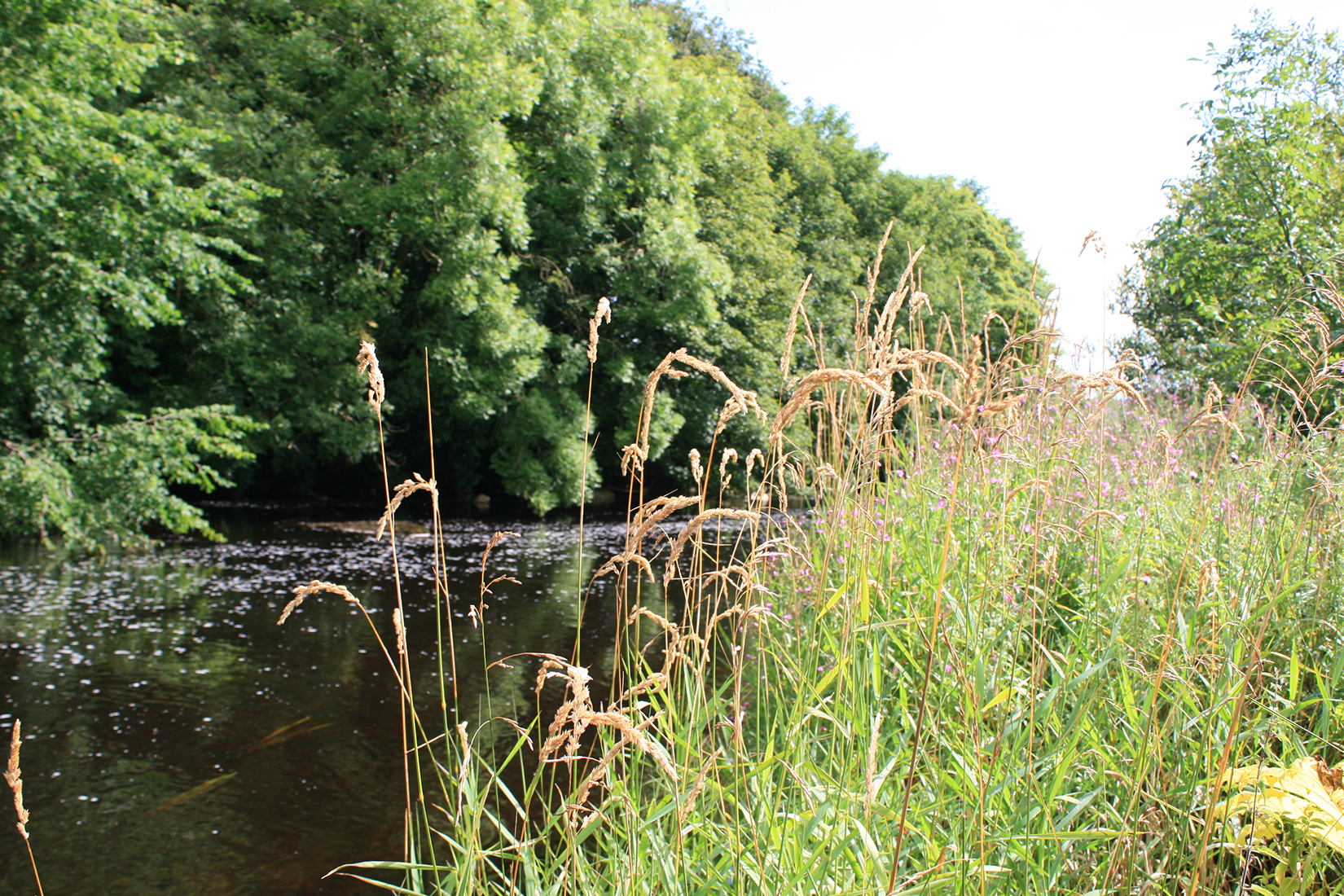This year, The Irish Ramsar Wetlands Committee (IRWC) is inviting everyone to celebrate World Wetlands day on the 2nd February with the launch of both a photo competition and a video series showcasing a range of our own wonderful wetlands. This World Wetlands Day marks 50 years since the signing of the Ramsar Convention. The convention, which was first signed in the city of Ramsar (Iran) back in 1971, is an international agreement for the conservation and wise use of wetlands, to which Ireland is a signatory.
As a celebration of this anniversary, the committee wants to make this the year to fall in love with our wetlands. To take stock of the wonders they hold – go discover flocks of migrating birds feeding in a nearby saltmarsh, fish and insects at your local river, lizards sunbathing by the coast, beautiful orchids nestled in the sand dunes.
Owing to a combination of geology and abundant rain Ireland has been endowed with an extraordinary array of wetlands which are found across this fair isle. There are many types of wetlands ranging from lakes, rivers, turloughs, bogs and estuaries to fens, marshes, wet woodlands, heaths and machair. In fact, it could be a challenge to find a 5 km patch without at least a small pocket of marshy ground, perhaps a wet woodland, or a small stream. Even in built-up areas wetlands are all around us, just waiting to be explored.
Just as water and life are inseparable, we cannot disentangle ourselves from these vital ecosystems. Ireland, as a nation, is truly inseparable from water. As an island, we are surrounded by it. The lifeblood of our land it flows through our rivers and lakes, which in turn feed back to our seas. It falls around us (more frequently than most of us care for) creating the lush green lands for which our fair isle is so widely renowned. Without it we would not have our turloughs and peatlands that are so unique to this country and undeniably intertwined with our heritage and history. From the pure enjoyment wetlands create the tourism they generate, to the functions they provide (fresh water, flood prevention, slowing climate change through carbon storage), wetlands keep this country going. And save us millions in the process!

Whether big or small, designated or not, our wetlands are crucial for a huge variety of species. Annagh Marsh in Co. Mayo for example, has been a stronghold for breeding Red-necked Phalaropes w
hich are now very scarce. In addition to the birds this sites supports and attracts, this rare coastal machair ecosystem is also important for an array of rare insects which are found in very few other areas, such as the Great Yellow Bumblebee. There are many treasures to be found on each of our wetlands. Sadly, for too long we have considered these bountiful sites to be wasteland not the Wonderlands they are. As a result, many are under threat from issues such as drainage, turf cutting, nutrient enrichment, and the spread of invasive species, to name a few. If we don’t stop the loss of our wetlands, we will lose all the wonders that go along with them, in the near future.

Our representative group for the Ramsar Convention, the Irish Ramsar Wetlands Committee, aims to advance the protection, appreciation and understanding of wetlands here in Ireland. The group is made up of relevant government agencies, scientific and technical institutions, regional and local authorities and other NGOs. BirdWatch Ireland sit on the committee as a representative of the Irish Environmental Network.



